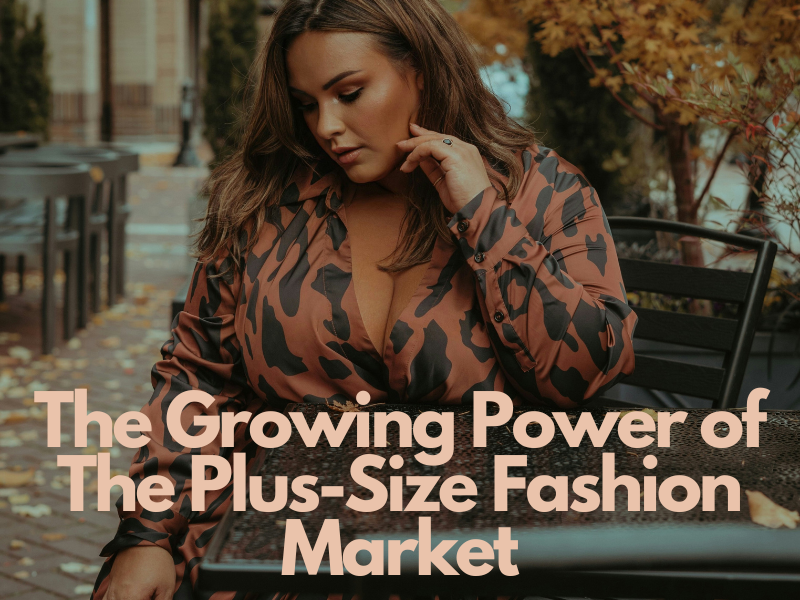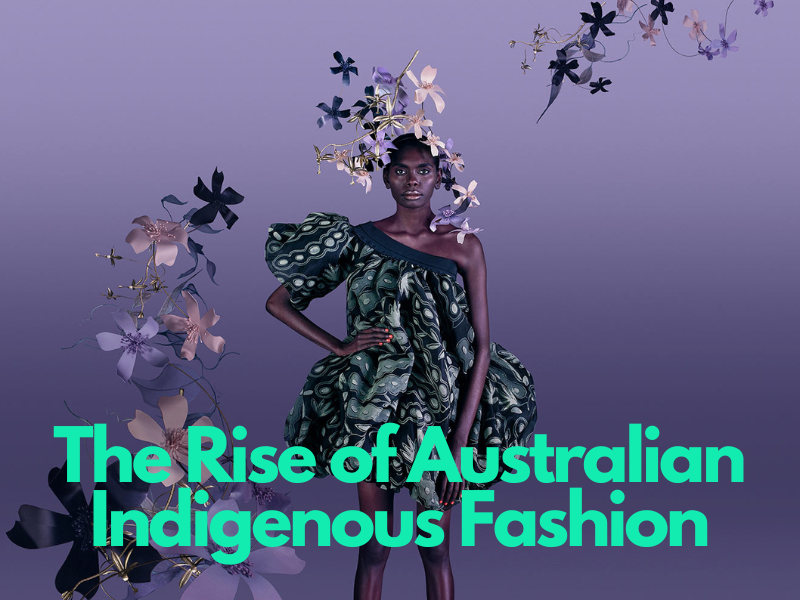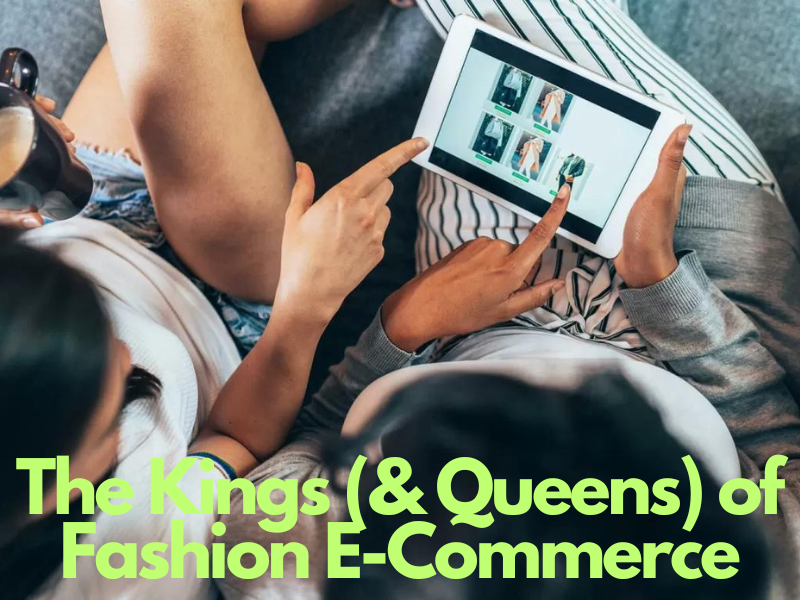WHY FASHION NEEDS TO EMBRACE SIZE INCLUSIVITY
Size inclusivity is a way of addressing diversity in fashion that is inclusive of the wide range of female sizing, as distinct from the current view, which is ‘standard’ sizing and ‘plus sizing’. For many women, shopping for clothing is more challenging than enjoyable. They are often ‘locked out’ of their favourite brands if they don’t fit the standard sizing on offer.
Some fashion brands have decided to offer sizing that fits a wide range of body shapes, from 00 to 22 which allows a wider range of women to have access to their favourite fashion collections.
Examples of ‘size-inclusive’ brands in Australia include The Girlfriend Collective, For Love & Lemons, Levi’s, Bonds, Atmos & Here, Cotton On & Asos.
There are significant benefits to fashion brands to introduce size inclusivity. By representing people of all sizes, brands become instantly more ‘relatable’ and accessible. However, it also runs deeper: the simple act of removing size descriptors in women’s clothing is a way of acknowledging the importance of size diversity. Added to this is that there is no global sizing method, leading some to ask: ‘What is a size 12 exactly?’
The US Clothing Brand Tanya Taylor offers size inclusive fashion and has some recommendations for brands considering this.
These include:
Use Insights
Obtain customer feedback through social channels or other means to determine which items they would most want in inclusive sizing. This is a more practical move than producing all garments in all size ranges, says Taylor. “Don't start it formally, going through your line and making everything from size 0 to 22,” she advises. “Keeping our product range a little bit narrower helps us to test and get feedback on which shapes are working.”
Get Technical Design Support
As size ranges change, there is a need to develop new patterns, which requires specific skills. “While many pattern-makers are proficient in most areas of pattern-making, most specialise in a particular category,” says Kathryn Hilderbrand, founder and CEO of Good Clothing Company, a US-based manufacturer.
Share your Insights with Retailers
Broadening size ranges is something that retailers are just dipping their toes in. By making available insights from your customer base to them, there will be greater engagement and buy-in for your inclusive sizing ranges.
Don’t develop a ‘Fat Tax’
Taylor suggests that the cost of producing a range in broader sizes isn’t significant. Increasing the retail price to absorb the increased cost base will have a detrimental impact on your brand.
Does your business require design support? Contact Janine, Amy and Natalie to discuss your requirements.










